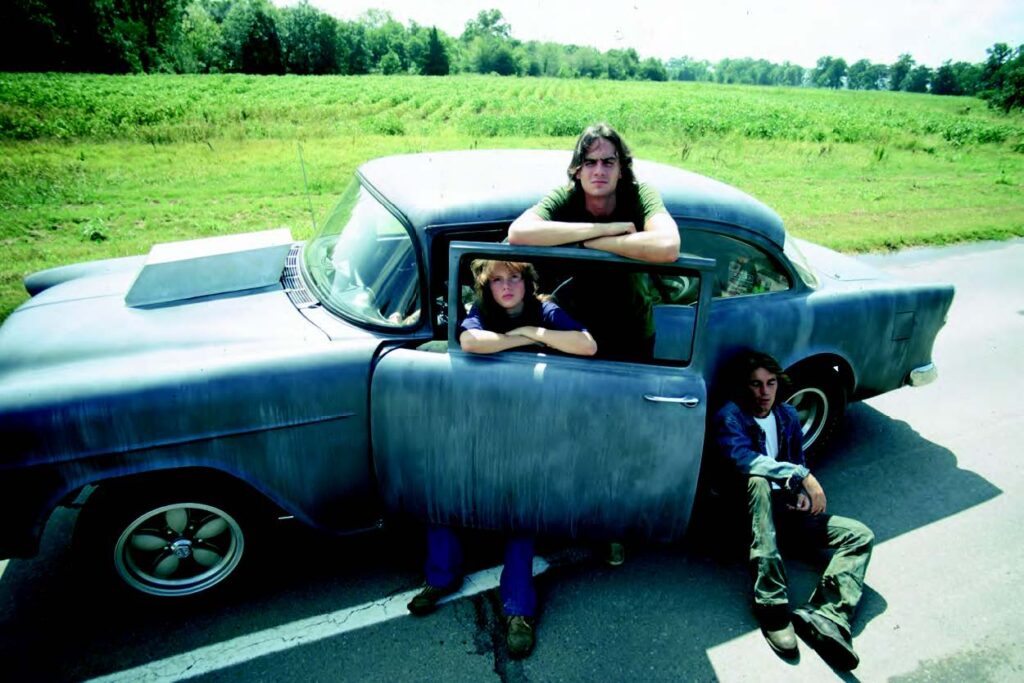Shindig! #166 – Two-Lane Blacktop
As the ’60s drew to a close in a bleached-out haze, a handful of movie-makers chose the sizzling heat of summer as the uncomfortable setting for a wave of nihilistic snapshots of a tired, torrid, divided America.
RUSS GATER feels the heat with Monte Hellman’s existential road movie TWO-LANE BLACKTOP

Before it even saw the light of day, Two-Lane Blacktop was already being immortalised. Months before the film’s release, Rolling Stone called it “an instant classic”. Esquire went a step further, publishing the entire screenplay and anointing it “the movie of the year”. On paper, the prospects looked good. Hollywood in the late ’60s had discovered the youth market. If we accept that the previously mentioned Bonnie & Clyde and The Graduate (both 1967) inaugurated the countercultural trend in American movies, then Easy Rider marked its apotheosis. In this context, Hellman’s movie seemed like a can’t-miss proposition: a road flick from Universal’s new “youth” unit about dropping out and driving fast. But when it hit cinemas, the kids didn’t show up. The movie died a quick death at the box office and eventually slid into oblivion, not appearing on video until ’99.
Rudy Wurlitzer and Will Corry’s screenplay is as simple as they come. A pair of drifters roam the highways of the American West in a souped-up ’55 Chevy. They have no stated destination and no obvious motivation. At a gas station, they run into a middle-aged man behind the wheel of a yellow Pontiac GTO. They agree to a contest: a race to the east coast, with the winner getting the loser’s car. The bet seems to set us up for a furious chase and a hellacious climax, but the movie has other ideas. Instead of blazing off into the distance, it meanders, luxuriates in interludes, then just peters out.
The rough cut of Two-Lane Blacktop was three and a half hours long. “We were contractually obligated to deliver a two-hour movie, so we lost half the script,” said Hellman. “We lost some good scenes, for sure, that I fell in love with.” Gone are the flavour and colour of street-racing life and the road, evoked so beautifully in Wurlitzer’s script. What is gained is a trancelike absorption in movement and ritual. Hellman’s film is composed of many of the in-between moments that most film-makers would cut. In the process, a strange terrain of connection and disconnection inhabited by the four principal characters is mapped out: their shared remoteness is exactly what makes it safe for them to venture into one another’s company. The style of Two-Lane Blacktop is restrained and distant, unobtrusively observing its characters go about their business, allowing the protagonists to emerge organically without any explanation of their motivations.
To read all of this article you can order Shindig! #166 here

